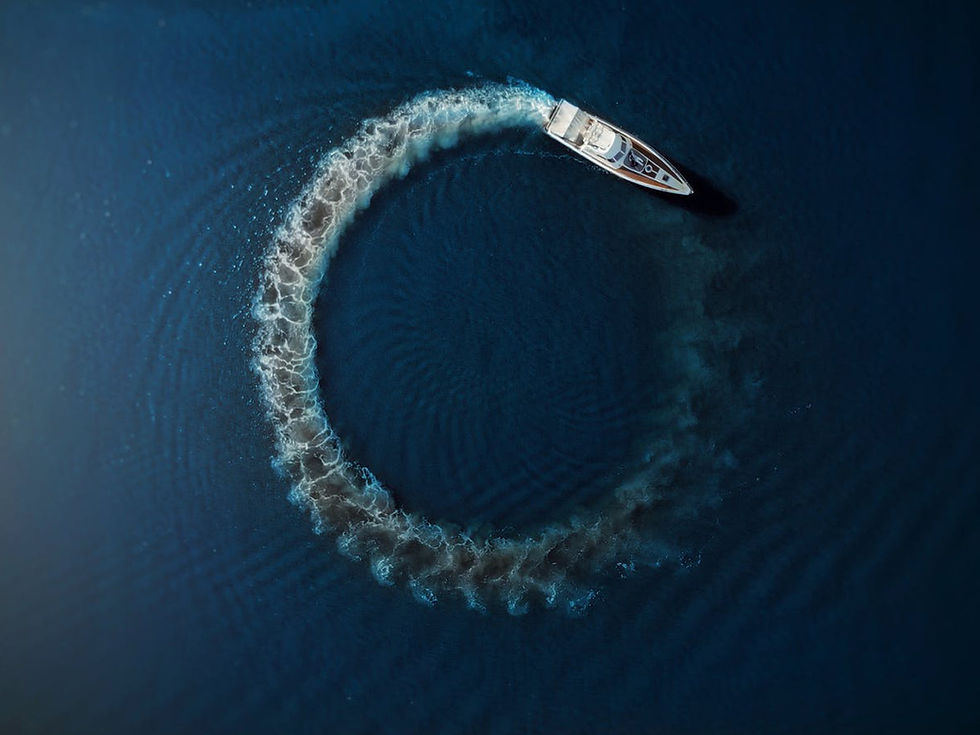Toxic PFAS Chemicals Detected in Brevard County Water Supplies
- Fight For Zero
- Mar 24, 2022
- 3 min read
Updated: Sep 25

PFAS Contamination Detected in Brevard County Drinking Fountains: Public Health Concerns Mount
BREVARD COUNTY, FL — New independent water testing conducted by Fight for Zero, a nonprofit founded by cancer survivors, reveals the presence of toxic PFAS (per- and polyfluoroalkyl substances) in public drinking water fountains at multiple parks across Brevard County. Often referred to as "forever chemicals" due to their persistence in the environment and the human body, PFAS compounds were detected in three out of five fountains tested.
The latest findings have reignited public concern about chemical exposure through drinking water—especially in community spaces frequented by children and families.

Where Were PFAS Detected?
According to Fight for Zero’s comprehensive sampling of 45 PFAS compounds, detectable levels were found in the following locations:
Sandpoint Park, Titusville: PFOS at 7.4 ppt and PFHxS at 2.8 ppt
Howard E. Futch Memorial Park, Melbourne: PFBA at 8.3 ppt, with additional short-chain PFAS (PFBS, PFHxA, PFPeA)
Turkey Creek Sanctuary, Palm Bay: PFOA at 8.9 ppt and PFOS at 7.3 ppt, plus six short-chain PFAS
One positive sample at Sandpoint Park—located between a children’s playground and a splash pad in a popular rocket launch viewing area—has raised particular alarm due to its proximity to young children.

What Are PFAS, and Why Are They Dangerous?
PFAS are a family of over 5,000 synthetic chemicals used in everything from nonstick cookware and water-resistant clothing to food packaging and firefighting foam. These compounds do not break down easily, accumulating in the environment and within human tissue.
They’ve been detected in blood, breast milk, and umbilical cord samples of infants in the U.S. and are linked to serious health problems including:
Cancer (kidney, testicular)
Hormonal disruption
Immune system suppression
Reproductive issues
Liver and thyroid diseases
“It may be 'legal' in Florida to drink these harmful chemicals, but that doesn’t mean it’s safe,” said Stel Bailey, Executive Director of Fight for Zero. “Our children are vulnerable, and over time, PFAS builds up in the body.”

A History of Concern and Government Inaction
Concerns about PFAS contamination in Brevard County date back to 2018, when testing revealed PFBA contamination in 13 beachside schools. The issue resurfaced in 2019 during a town hall with Representative Randy Fine and Melbourne city officials.
In November 2019, Fight for Zero submitted a records request to the City of Titusville for the results of PFOS/PFOA testing. Rather than release the data, the city estimated a fee of $32.99 per hour for a minimum of two hours, and the records were never produced. In a January 2020 city presentation, officials stated that no PFAS were detected—yet did not provide test results.
“Any municipality that has conducted PFAS testing should be transparent and publicize those results,” said Bailey. “Residents have a right to know what’s in their water.”
Test Results Elsewhere in Brevard
Jetty Park (Cape Canaveral) and Lori Wilson Park (Cocoa Beach)—no PFAS detected in current samples. Both parks are served by water from the City of Cocoa.
However, in October 2018, a well at Lori Wilson Dog Park tested positive for 123 ppt of PFOS and PFOA—well above the EPA’s current health advisory level. That water source was temporarily shut off.
Current Limits and Regulatory Gaps
Florida does not currently enforce a safety limit for PFAS in drinking water. The EPA’s health advisory level is 70 parts per trillion (ppt) for PFOA and PFOS, but this is:
Not legally enforceable
Applies to only 2 out of 5,000+ PFAS compounds
Considered too high by many scientists and health agencies
Several states, including New York, have set their own limits as low as 10 ppt, and the CDC and Agency for Toxic Substances and Disease Registry have recommended even lower thresholds. A growing number of health experts warn that EPA’s guidelines fail to protect public health, especially for infants and children.
“Although PFAS levels in these samples do not exceed current EPA guidelines, they may exceed future limits set by Florida,” said Kiel Sims, Environmental Scientist. “Other states are already taking more protective action.”
What Can Residents Do?
Fight for Zero recommends:
Installing certified water filtration systems (look for filters that are NSF-certified for PFAS)
Urging local governments to publicly release PFAS testing data
Demanding that Florida set enforceable limits on PFAS in drinking water
Supporting legislation to ban PFAS in consumer products and firefighting foam
“When did it become acceptable to have cancer-causing chemicals in our water?” Bailey asked. “This is about protecting future generations. We need action now.”

About Fight for Zero:
Fight for Zero is a Florida-based nonprofit founded by cancer survivors. The organization conducts independent environmental testing, raises awareness about toxic exposures, and advocates for clean water and public health protections across the state.
To review the testing, download the PDF.




Comments